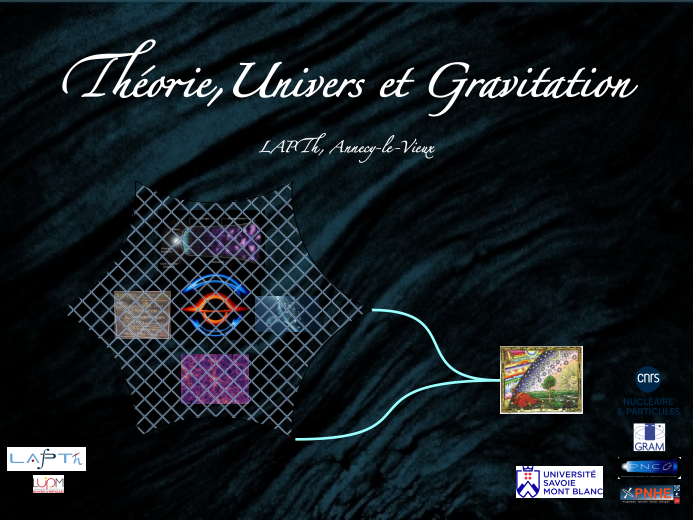Orateur
Description
Is it possible to construct a detailed model of local spacetime in a completely model-independent and non-perturbative manner? Specifically, this would involve developing an observationally viable and physically meaningful method for identifying and classifying angular distortions present in the distance-redshift relation, without relying on the cosmological principle or the notion of peculiar velocities.
The first difficulty along this path is the meaningful generalization of the notion of the cosmic expansion rate at an arbitrary point
P
in a generic spacetime. This involves defining covariant cosmographic parameters, which are a set of line-of-sight dependent functions, with finite degrees of freedom, characterizing deviations from isotropy and critically dependent on the observer's state of motion. The second challenge revolves around the optimal estimation of anisotropies in the expansion rate using observational data. To this end, we define the expansion rate fluctuation field η, an observable designed to maximize measurement accuracy while minimizing potential biases.
Using analytical models, we analyze the virtues and limitations of this formalism. Current results and future survey prospects for constraining the shape of the expansion rate field in the local universe will also be presented.

